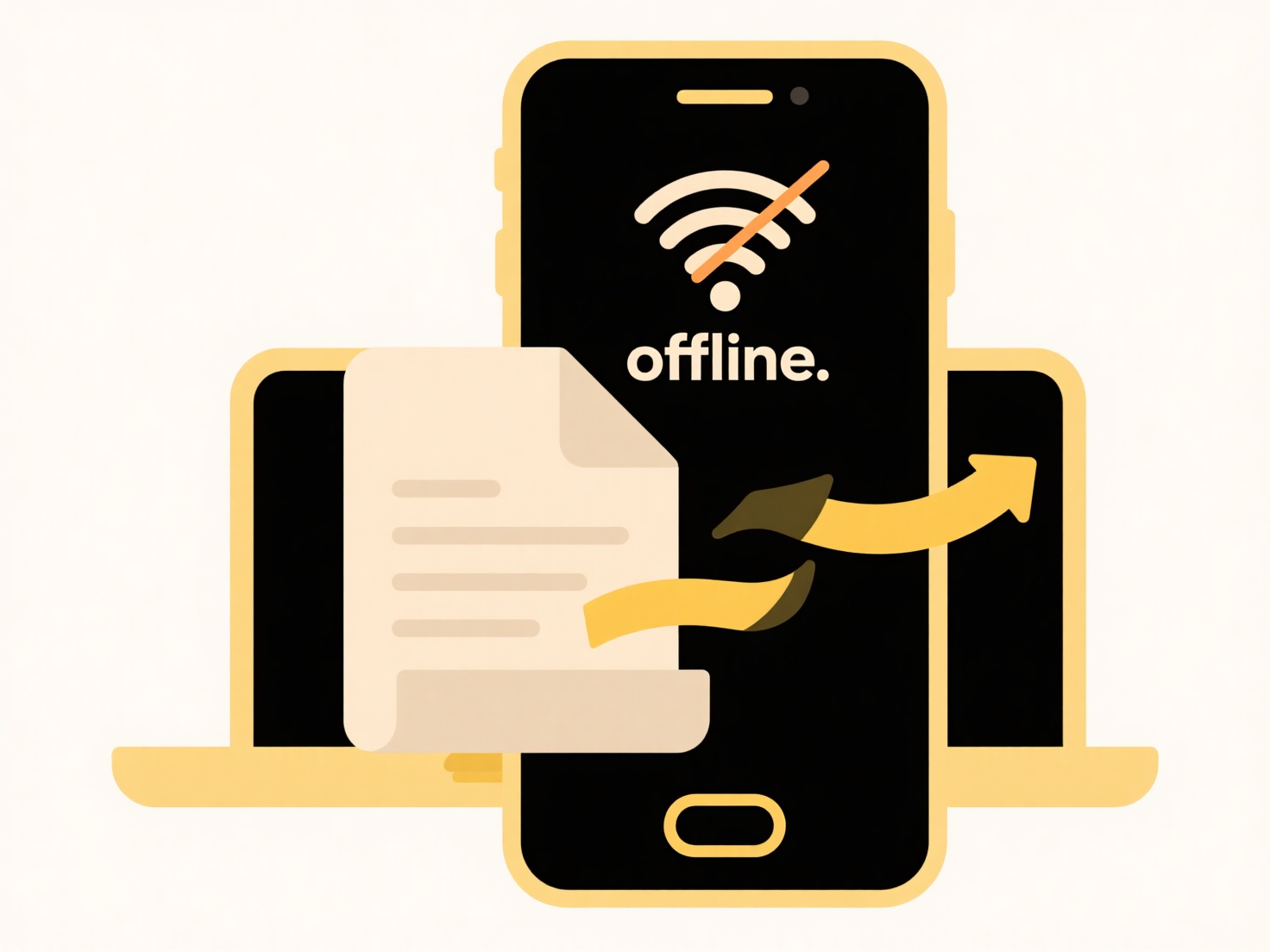
Shared drives are centralized storage locations accessible to multiple users. They introduce conflict risks primarily through concurrent editing of files when multiple users attempt changes simultaneously. Without proper version management, these simultaneous actions may create conflicting edits, overwrite recent changes, or generate duplicate file versions, unlike working with personal storage where users typically access files individually.

In practice, this manifests when teams collaborate on documents like spreadsheets or proposals using platforms such as Google Drive or Microsoft SharePoint. For example, marketing teams updating a shared budget tracker may inadvertently overwrite each other's entries. Similarly, engineering departments sharing CAD files via network drives might face conflicts if access permissions aren't set correctly, leading to unintended file modifications.
While shared drives enable crucial collaboration, conflict risks necessitate careful permission controls and clear team protocols. Most cloud platforms offer conflict detection and version history to mitigate issues, yet human error remains a limitation. Organizations should implement training on real-time collaboration tools and establish file naming conventions to minimize disruptions while maintaining workflow efficiency.
Can shared drives increase the risk of conflicts?
Shared drives are centralized storage locations accessible to multiple users. They introduce conflict risks primarily through concurrent editing of files when multiple users attempt changes simultaneously. Without proper version management, these simultaneous actions may create conflicting edits, overwrite recent changes, or generate duplicate file versions, unlike working with personal storage where users typically access files individually.

In practice, this manifests when teams collaborate on documents like spreadsheets or proposals using platforms such as Google Drive or Microsoft SharePoint. For example, marketing teams updating a shared budget tracker may inadvertently overwrite each other's entries. Similarly, engineering departments sharing CAD files via network drives might face conflicts if access permissions aren't set correctly, leading to unintended file modifications.
While shared drives enable crucial collaboration, conflict risks necessitate careful permission controls and clear team protocols. Most cloud platforms offer conflict detection and version history to mitigate issues, yet human error remains a limitation. Organizations should implement training on real-time collaboration tools and establish file naming conventions to minimize disruptions while maintaining workflow efficiency.
Quick Article Links
Does Wisfile require a powerful computer to run smoothly?
Does Wisfile require a powerful computer to run smoothly? Wisfile is engineered for efficient performance on standard ...
How do I search for synced files only (cloud vs local)?
Synced files are items stored both locally on your device and in cloud storage like OneDrive, Google Drive, or iCloud Dr...
Can I monitor bandwidth used for cloud file operations?
Bandwidth monitoring for cloud file operations tracks the volume of data transferred to and from cloud storage services ...